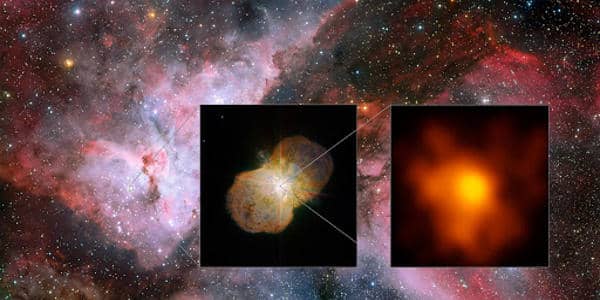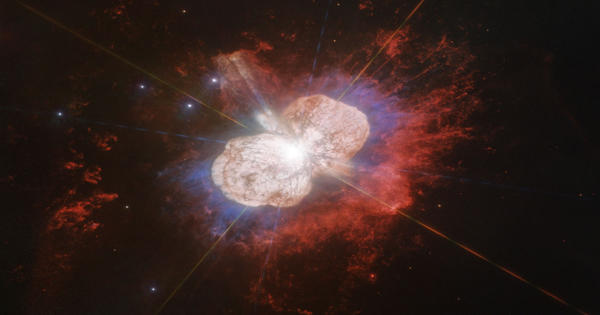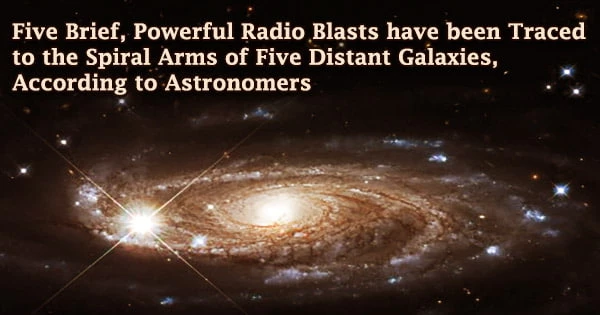Eta Carinae (η Carinae or η Car) is a superbright hypergiant star in the constellation Carina, about 7,500 to 8,000 light-years from the Sun. It is also called Homunculus Nebula, a peculiar red star and nebula about 7,500 light-years from Earth in the southern constellation Carina and now known to be a binary star system. It was first recorded as a fourth-magnitude star in the 16th or 17th centuries. During the second half of the 20th century it slowly brightened to become visible to the naked eye and by 2014 was again a fourth magnitude star.
It is a stellar system containing at least two stars with a combined luminosity greater than five million times that of the Sun, located around 7,500 light-years (2,300 parsecs) distant in the constellation Carina. The system contains at least two stars, of which the primary is a luminous blue variable (LBV) that initially had around 150 solar masses, of which it has lost at least 30. A hot supergiant of about 30 solar masses is in orbit around the primary. With all these and many more peculiar features, scientists have been puzzled for a long time about how the star exploded and created the surrounding messy nebula. An enormous thick red nebula surrounding Eta Carinae makes it impossible to see this companion optically, but the dumbell-shaped gas cloud is formed by two stars.

The Eta Carinae system is inside the Homunculus nebula, itself part of the much larger Carina Nebula. It became the second-brightest star in the sky in the mid 19th century, before fading below naked-eye visibility. Together they have a combined luminosity of over five million times the Sun’s. It was the site of a giant outburst about 150 years ago when it became one of the brightest stars in the southern sky. It is not visible north of latitude 30°N and is seen moving around the pole south of latitude 30°S. Though the star released as much visible light as a supernova explosion, it survived the outburst. Due to its mass and the stage of its life, it is expected to explode as a supernova in the future. Somehow, the explosion produced two polar lobes and a large thin equatorial disk, all moving outward at about 1.5 million miles per hour.
The English astronomer Sir Edmond Halley noted it in 1677 as a star of about fourth magnitude. In 1838 Sir John Herschel observed it as a first-magnitude star. Estimated to be 100 times more massive than our Sun, Eta Carinae may be one of the most massive stars in our Galaxy. It radiates about five million times more power than our Sun.
Information Source:
















